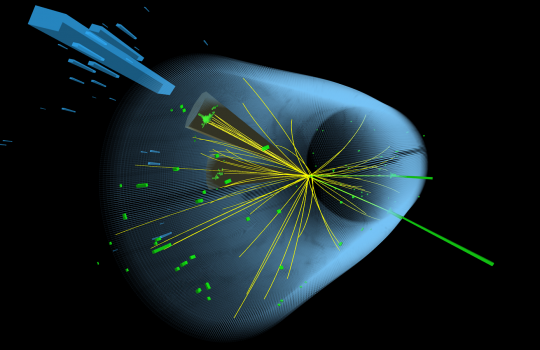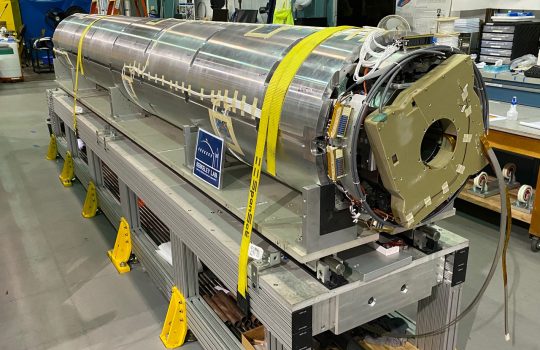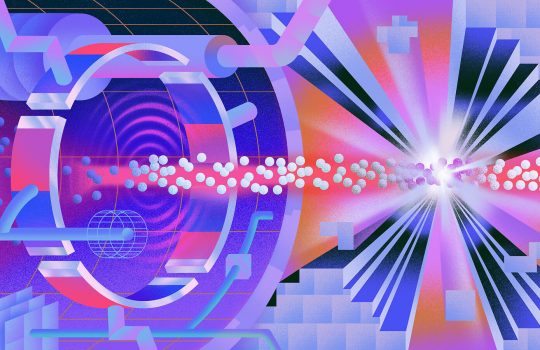Civil-engineering work for the major upgrade of the LHC completed
From CERN, Jan. 20, 2023: CERN is celebrating the completion of civil-engineering work for the High-Luminosity Large Hadron Collider. This will improve its performance by increasing the number of particle collisions and boosting the potential for discoveries. The HL-LHC is expected to start operating in 2029.



